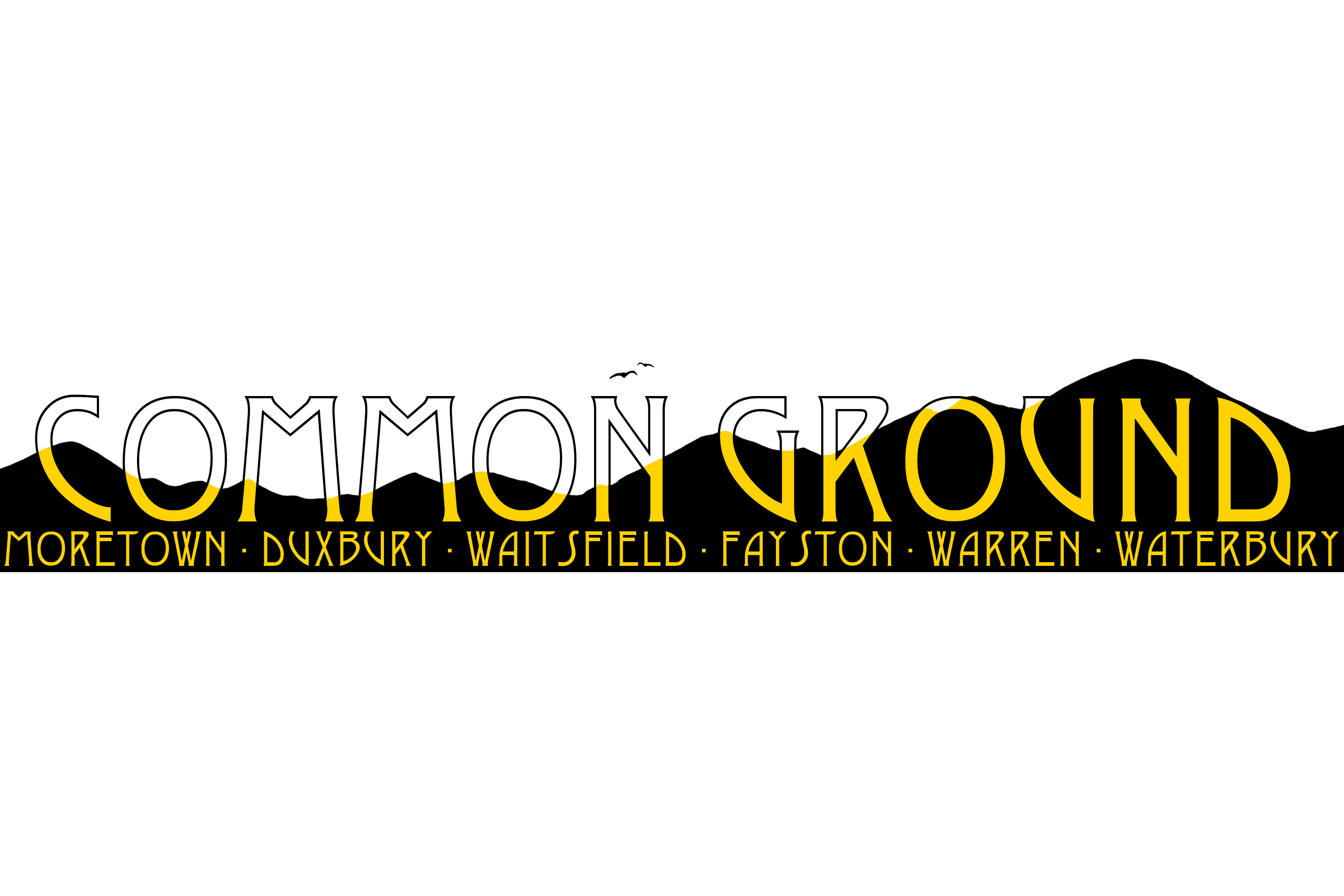Harwood was built in 1966. Back then the school was new, and everyone loved it. It is now 58 years later and the school and athletic infrastructure has aged a ton. There are roof repairs, faulty sprinkler systems, lead in the science lab sinks, and ventilation that doesn’t meet standards, and the list goes on. Among students our track is referred to as the second worst track in the state because of the fact that it’s made of gravel. Knowing these problems about the school, I had to find out a way to solve them all in one fell swoop, but first I had to figure out the most important problems.
I interviewed several people that could get me more knowledge about the situations. The first person I interviewed was Mia Leese, who is a part of the track team and has some strong opinions about it. “The problem with the track is that it’s gravel; it’s bearable, but it digs into your knees when you’re starting, scratches you up if you fall, and in the early spring the snow collects on it and makes giant puddles.” The last time the Olympics used a gravel track was 1964, two years before Harwood was done being built, so I bet they thought that it was a good idea back then.
Now you might be thinking, “Well, if the Olympics used a gravel track for a while, it must have been good.” No, and as Mia says, “Jogging on it is okay, but it moves under your feet and makes you lose speed when starting.” It makes you lose speed, so when they do timed runs, that is not actually their time, because the track is slowing them down. Also the point of practice is to train yourself to do great at the sport, so if you run on a different track in practice and then go to a meet, then you’re going to be put at a disadvantage. There is no upside to this track.
The next person I interviewed was Ray Daigle, Facilities Director. He has been here for thirteen years and has already done many repairs. In our interview, I asked him about what the most dire repair was, and his reply was ventilation. “The systems were functioning just as they were supposed to when they were installed first in 1965, and then in 1998, but since then the design parameters have changed. Especially after Covid, we now have to ventilate at a much higher rate and we’re ventilating as much as we can right now but it’s still not where the new design parameters are.” Twenty-six years later and the ventilation has not changed. Each year they have to ventilate more and more, and it also gets more expensive too, so it would have been cheaper to fix the problem early on, instead of letting it pile up.
They have put air purifiers into every room to help with it too, but it is still not enough, “You’re looking for five year changes per hour in a given space, and now at best we are able to do two, and that’s why every room has a air purifier in it and have a filter to help with that and that’s what we have until we can make the change.” What Ray means by, “Make the Change,” is the bond. Now I didn’t know much about the bond then, so I decided to ask someone who did.
The last person I interviewed was Megan McDonough; she is one of the co-principals at our school and I decided that if anyone knew anything about the bond, it would be her. “A bond is a proposal that goes to our community to vote on in order to allocate money from our full time residents to pay for necessary renovations for our school building.” The amount of money that they are requesting for the bond is 71 million dollars, and while that may sound like a lot, as you have read from this article, our school really needs it.
Megan told me, “Our building has not had the necessary upgrades in so many years because only so much of our building was added on in the nineties and before that it was the sixties.” The parts of the school that were added on in the nineties were not even that much, it was just the middle school and just a few upgrades to some classrooms. That leaves most of our school that has just been sitting here deteriorating for 58 years.
Fourteen and a half generations have gone through this school in its condition, and that number is still growing. The longer you wait, the higher the price is going to be for the bond because of inflation and the changing status of the school. May I ask you, how is Harwood supposed to get kids ready for the future, when its infrastructure is failing in the present?











